DC Cardioversion
You have been advised to undergo a cardioversion to restore your heart’s normal rhythm. A cardioversion is the delivery of an external electrical shock via the chest wall in order to convert an irregular rhythm to normal sinus rhythm.
Before the Cardioversion
Electrical cardioversion requires admission to Hospital as a day patient. You will be required not to eat or drink anything for six (6) hours prior to the procedure.
You may take your usual medications with a sip of water, unless you are instructed to do otherwise. If you are taking diabetic medication, you must let the doctor know as you will be given special instructions.
Before the Cardioversion the following tests will be performed:
- Electrocardiograph (ECG)
- Echocardiograph of the heart (Echo)
- Blood Tests
An intravenous cannula will be inserted in your hand or arm. You will be placed on a heart monitor. You will meet the Anaesthetist who will give you a light anaesthetic, so you are unconscious for the procedure.
During the Cardioversion
The equipment used for the procedure includes:
- Heart Monitor
- Cardiac Defibrillator (performs the cardioversion)
- Blood pressure and pulse oximeter (measures BP and level of oxygen in your blood)
Your Cardiologist will perform the Cardioversion. The Doctor will order the amount of electricity that is to be delivered by the defibrillator.
The Anaesthetist will put a light anaesthetic drug into your drip to put you to sleep for a short time. This drug acts quickly and wears off quickly. The Anaesthetist will place an oxygen mask over your face which will remain on until after the procedure. Special gel pads are placed on the front and back of your chest. These gel pads help protect your skin and aid in the conduction of the electricity through your skin to your heart.
More than one shock may be required to return your heart to a normal rhythm. The electrical current will reorganise your heart rhythm, so that the natural pacemaker of the heart will resume it’s normal function and restore the normal/regular rhythm.
Complications that can occur include:
- Failure to restore normal rhythm
- VF with cardiac arrest
- Bradycardia requiring pacing
- Reaction to anaesthetic
After the Cardioversion
You will be placed on your side with an oxygen mask on your face. The Anaesthetist will remain until you are awake. Your blood pressure and oxygen level will be monitored throughout the procedure and until you are awake. The Nurse will stay with you until you are fully awake.
An electrocardiograph (ECG) will be performed after the cardioversion. You will be able to eat and drink once you are fully awake. Your intravenous cannula will be removed.
Your Cardiologist will see you prior to discharge from the Hospital. You should be discharged approximately 4 to 6 hours post procedure. Report any return of symptoms (e.g. irregular pulse rate) to your local GP.
You may feel sleepy after the test. Please make sure you have someone with you who can drive you home afterwards. You should not drive for 24 hours following the procedure.




 Referrals & Patient Enquiries:
Referrals & Patient Enquiries: 


